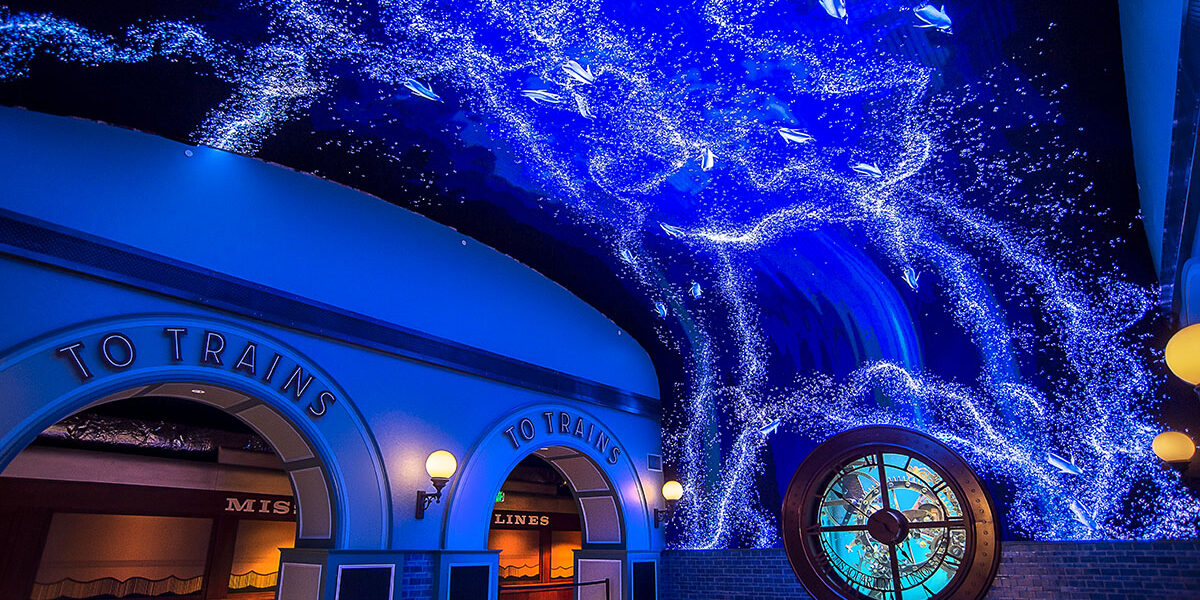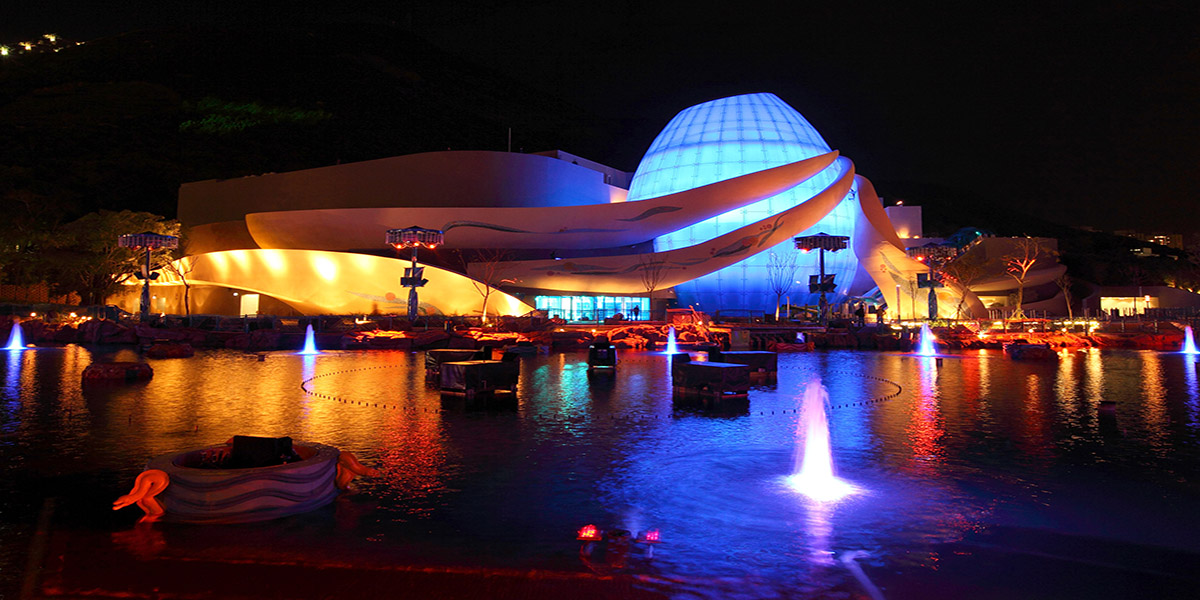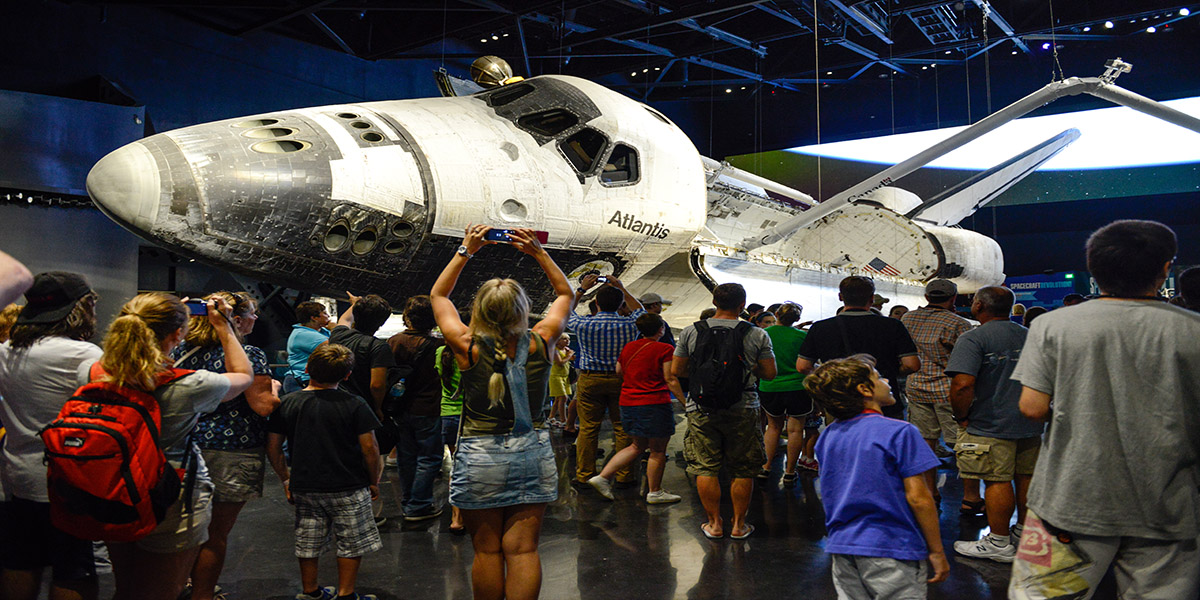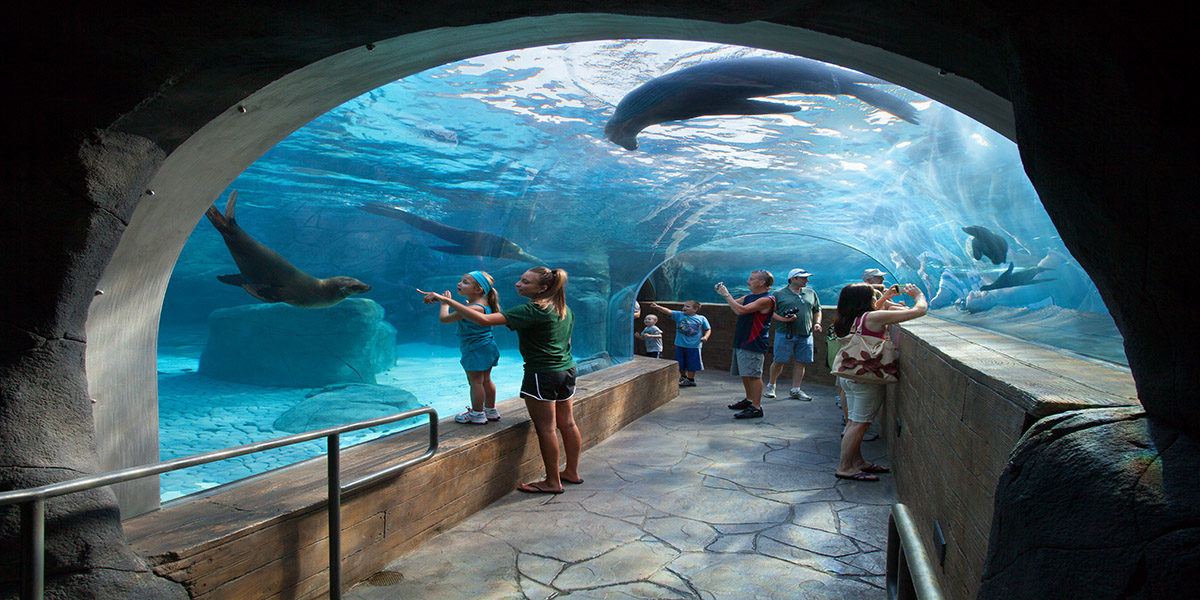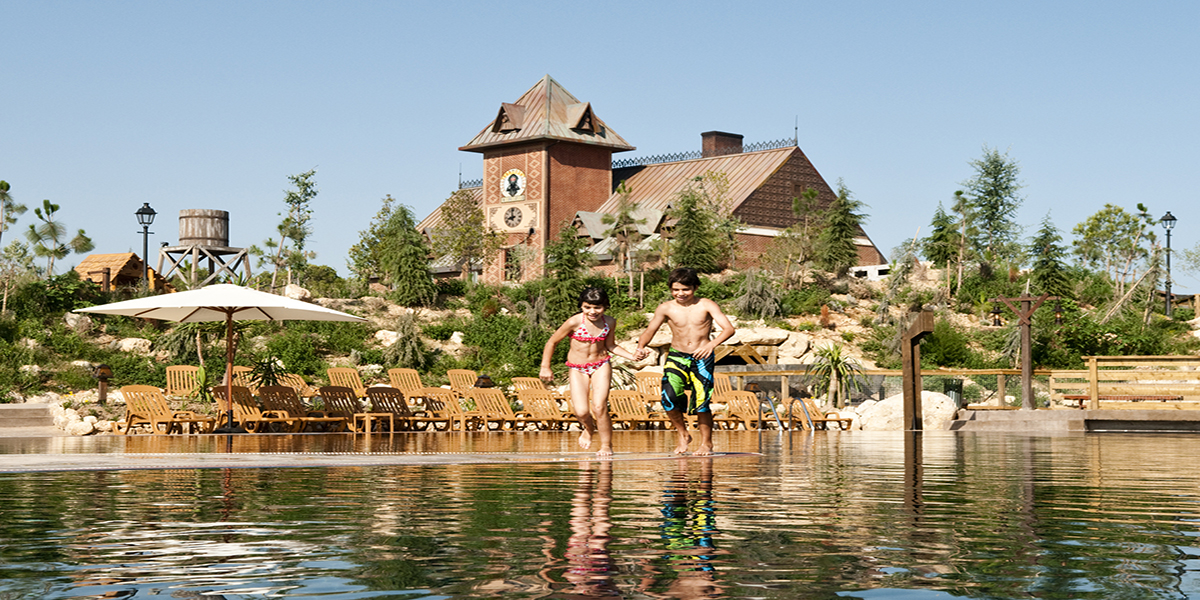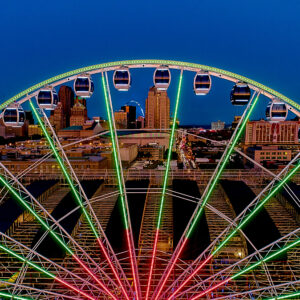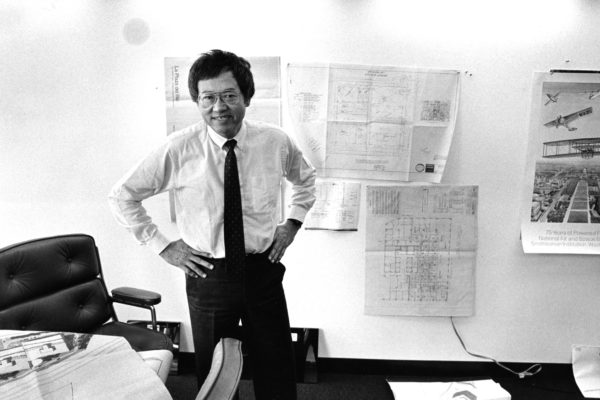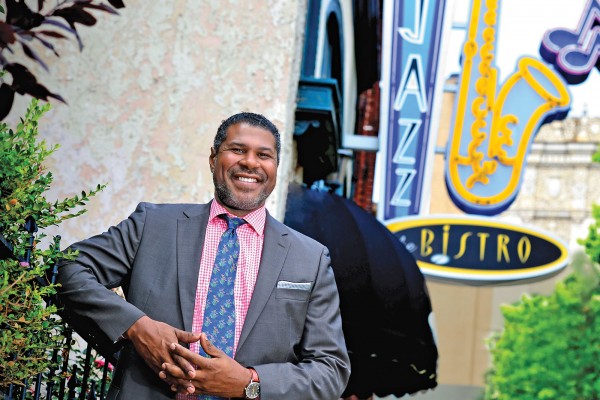Finn, Sawyer and Thatcher are familiar characters brought to life by the masterful storyteller Mark Twain. And while their exploits along the Mississippi have captivated audiences for nearly 150 years, today these three appear prominently in a new setting — the St. Louis Aquarium at Union Station. They aren’t the fictional characters, however; they’re three North American river otters aptly named through a community vote. The lively and playful otters are stars of the “Changing Rivers” gallery, one of the aquarium’s six galleries showcasing a series of aquatic ecosystems and inspiring visitors.
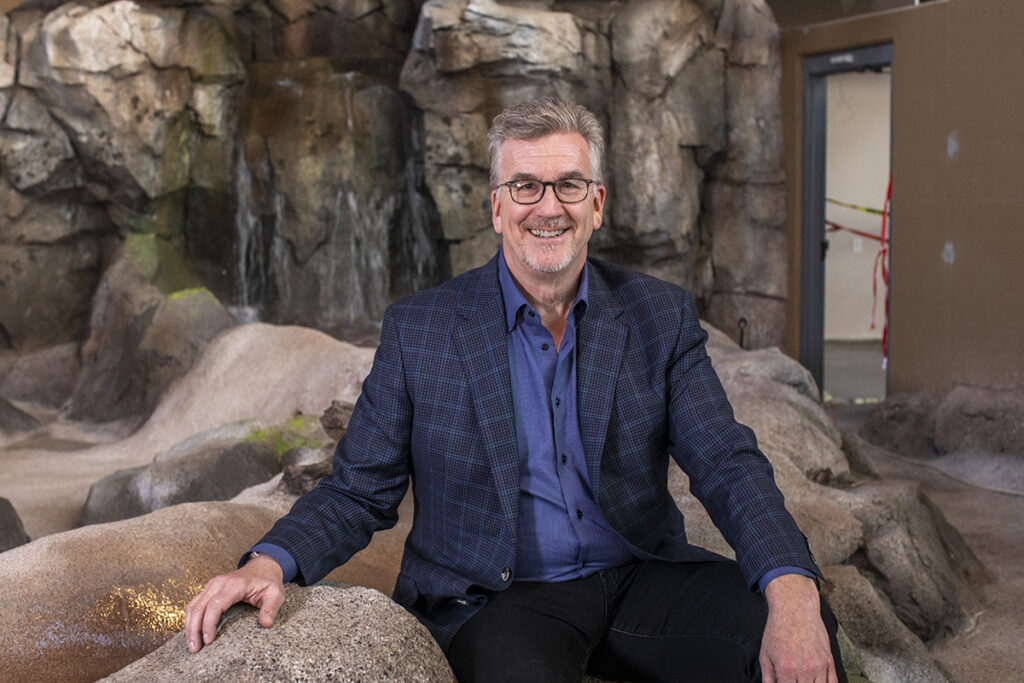
Designed by PGAV Destinations — a St. Louis–based planning and design firm creating extraordinary attractions — the St. Louis Aquarium offers an immersive experience, with a focus on education, conservation and imagination. Washington University alumnus Mike Konzen, AIA, MArch ’86, is chairman and principal of PGAV Destinations, and he leads a team of 160 architects, artists, designers, sculptors and strategists. They’re the “destinologists” behind the master plans and designs of some of the world’s most amazing theme parks, zoos, aquariums, museums, historic sites, hotels and resorts, and more. Specific projects include the Georgia Aquarium in Atlanta; Discovery Cove in Orlando, Florida; Kennedy Space Center Visitor Complex in Cape Canaveral, Florida; PortAventura’s Hotel Gold River in Salou, Spain; the Smithsonian’s National Air and Space Museum in Washington, D.C.; and the Grand Aquarium at Hong Kong’s Ocean Park, to name a few.
“Most of our work is not here in St. Louis,” Konzen says. “The aquarium is actually a wonderful anomaly, and it was awesome to work on it and help our client create something that everyone who lives here, including our families, can see.”
The $45 million, 120,000-square-foot St. Louis Aquarium — featuring 13,000 animals in 44 exhibits — is part of a major redevelopment at Union Station that includes the St. Louis Wheel, the St. Louis Carousel, the Soda Fountain, and other attractions and restaurants. “We also helped our client with the master plan that helped locate the wheel as well as design the area around the wheel, integrating elements together as a whole,” Konzen says. “Union Station is a National Historic Landmark with an amazing story, and we’re excited to see it come back to life.”
Telling compelling stories through engaging experiences is central to PGAV Destinations’ global work. How then was the team to build an alluring attraction within an existing structure, a landmark train station no less? “Our team first asked, ‘How do we use the station as a point of departure for this aquatic experience?’, which is not necessarily the most intuitive thing,” Konzen says.
The result: a scenic destination filled with splash and splendor. Visitors to the aquarium start their tour in a grand lobby, harkening to Union Station’s glorious and bustling past. Then they take a virtual train ride through much of the world’s waterways before “unloading” at the first gallery showcasing the confluence of the Missouri and Mississippi rivers. From there, visitors travel past and under tanks featuring wildlife of global and local rivers. Heading up to the otters’ habitat and several touch tanks, visitors experience natural light shining down through the station’s historic beamed ceiling. Next, they venture to the ocean shoreline, proceed down to the jaw-dropping shark canyon, and head into the deep ocean gallery to learn about its many mysteries.
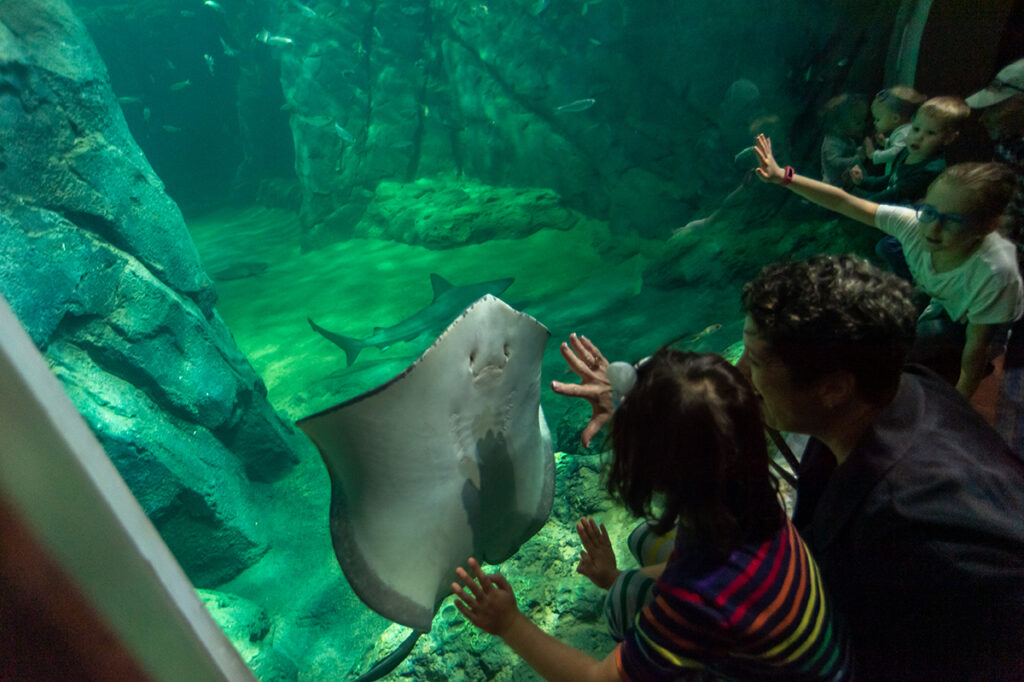
“Part of the story and the theming is using theatrical techniques to build anticipation and drama,” Konzen says. “You walk down a long hallway with intermittent little windows providing partial views of the shark tank, and then you turn a corner and see the ‘wow’ window. A big part of the overall design is building up to that big moment.”
Another important matter PGAV must consider, particularly in its zoo and aquarium work, is the balancing of animals’ needs with creating a guest experience that helps establish an emotional connection with the animals. Konzen says this balance must be intentional, and it must drive the mission and the story of the experience.
“We hope to inspire visitors to think about what they’re seeing and experiencing from the stance of habitat conservation.”
Mike Konzen
“We hope to inspire visitors to think about what they’re seeing and experiencing from the stance of habitat conservation,” Konzen says, “and that is best accomplished through an emotional connection.”
Asked how he addresses those who may be philosophically opposed to zoos and aquariums, Konzen says, “I may be in the minority in some ways in our industry, but I feel that this kind of debate is good. I feel the debate is what makes us better. In recent years, a lot of advancement has taken place regarding state-of-the-art zoo and aquarium design, and I think both the animals and the visitors have benefited.”
Locations benefit from such thoughtful and engaging design as well. Since its opening in December 2019, the St. Louis Aquarium has been enticing thousands of travelers back to Union Station to experience the city’s newest indoor attraction. “Aquariums are one of those things that reach a broad audience,” Konzen says. “It’s a fun and educational destination for the entire family — and one that we hope continues to help Union Station bustle again.”
